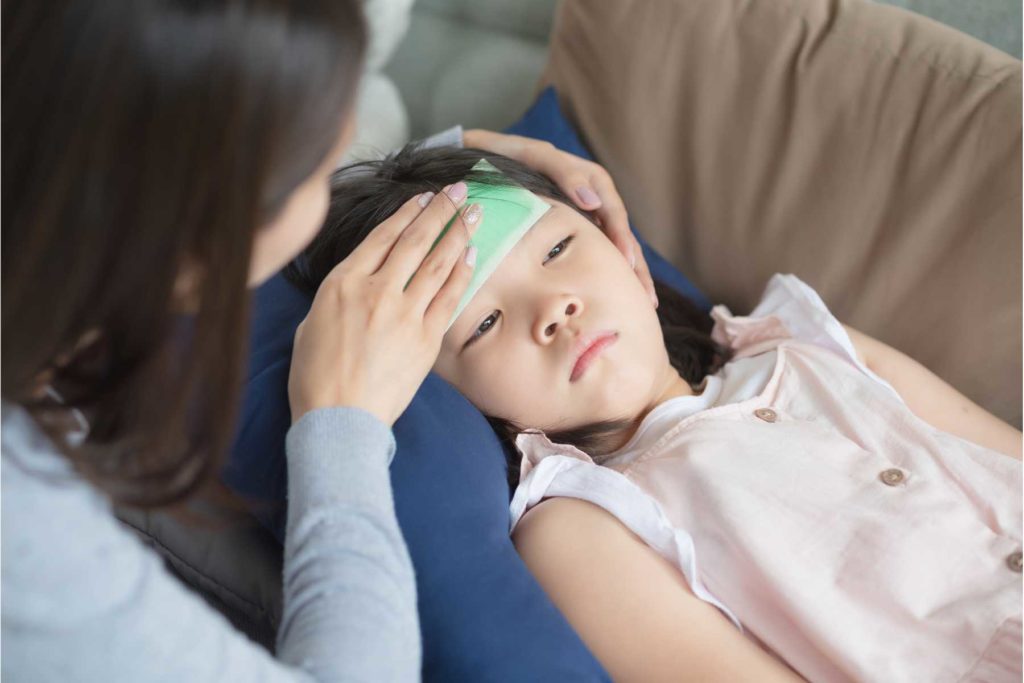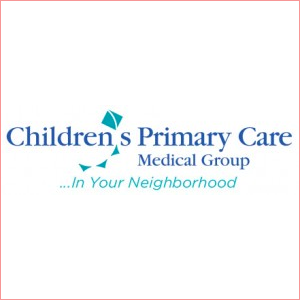How to Manage Your Child’s Fever

Fever is a common symptom in children when they are sick and it’s defined as a temperature of 100.4 degrees Fahrenheit or higher. The most common causes of fevers in children are viruses like the common cold. Because this is part of your body’s way of fighting infection, it’s not always necessary to give your child fever reducing medication. For children over 6 months old, you can watch them at home with some simple home remedies below (babies 3 months and younger should be evaluated as soon as possible if they develop a fever.) If your child has a fever of 102.5 or higher, they may be at risk for dehydration so you will want to give them medication and visit your CPCMG pediatrician if it doesn’t improve. However, if your child has any trouble breathing, severe headache, severe abdominal pain, persistent vomiting or fever for more than 3-5 days, please seek care right away.
As long as your child is drinking, sleeping and eating normally, you can use these techniques to keep your child comfortable:
- Keep the temperature in your home comfortably cool – don’t overheat the space.
- Use a cool washcloth on their forehead or run a lukewarm bath.
- Dress your child in light clothing when indoors.
- Provide lots of fluids like water or a store-bought electrolyte solution.
- Offer popsicles as a cool treat.
- Keep physical activity to a minimum so they don’t overheat.
Here’s what not to do:
- Do not put your child in an ice bath or use cold sponges to reduce the fever.
- Do not use aspirin, either the adult or child version.
- Do not put rubbing alcohol on your child – it can be absorbed into the skin or inhaled which can cause serious side effects.
- Avoid cold and cough medicines unless you’ve spoken with your pediatrician.
If you have any concerns about your child’s fever, please reach out to your pediatrician or our pediatric nurses who are on call to help. Call your pediatrician’s office and listen to the prompts for health advice to reach a nurse.

